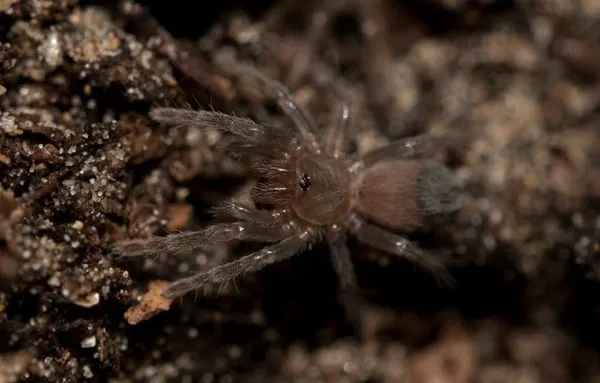What is Tarantula Birth?
Tarantula birth is a fascinating process that begins with mating and culminates in the emergence of tiny spiderlings. Unlike mammals, tarantulas do not give live birth. Instead, the female tarantula lays eggs, which are then carefully protected within an egg sac. This egg sac serves as a safe haven, shielding the developing embryos from environmental dangers and providing optimal conditions for their growth. Witnessing tarantula birth, even in its earlier stages, offers a glimpse into the intricate life cycle of these captivating arachnids.
The Breeding Process in Tarantulas
Breeding in tarantulas is a complex process that typically occurs during the warmer months, when environmental conditions are favorable. It starts with the male tarantula, which, after reaching maturity, constructs a sperm web. He then transfers his sperm onto this web and stores it in specialized structures on his pedipalps. This process is crucial for the next step, mating, where the male carefully approaches the female, often drumming or displaying courtship behaviors to avoid being mistaken for prey. Mating is a risky endeavor for the male, as females are known to sometimes cannibalize their mates. If successful, the female will eventually use the stored sperm to fertilize her eggs.
Mating Rituals of Tarantulas
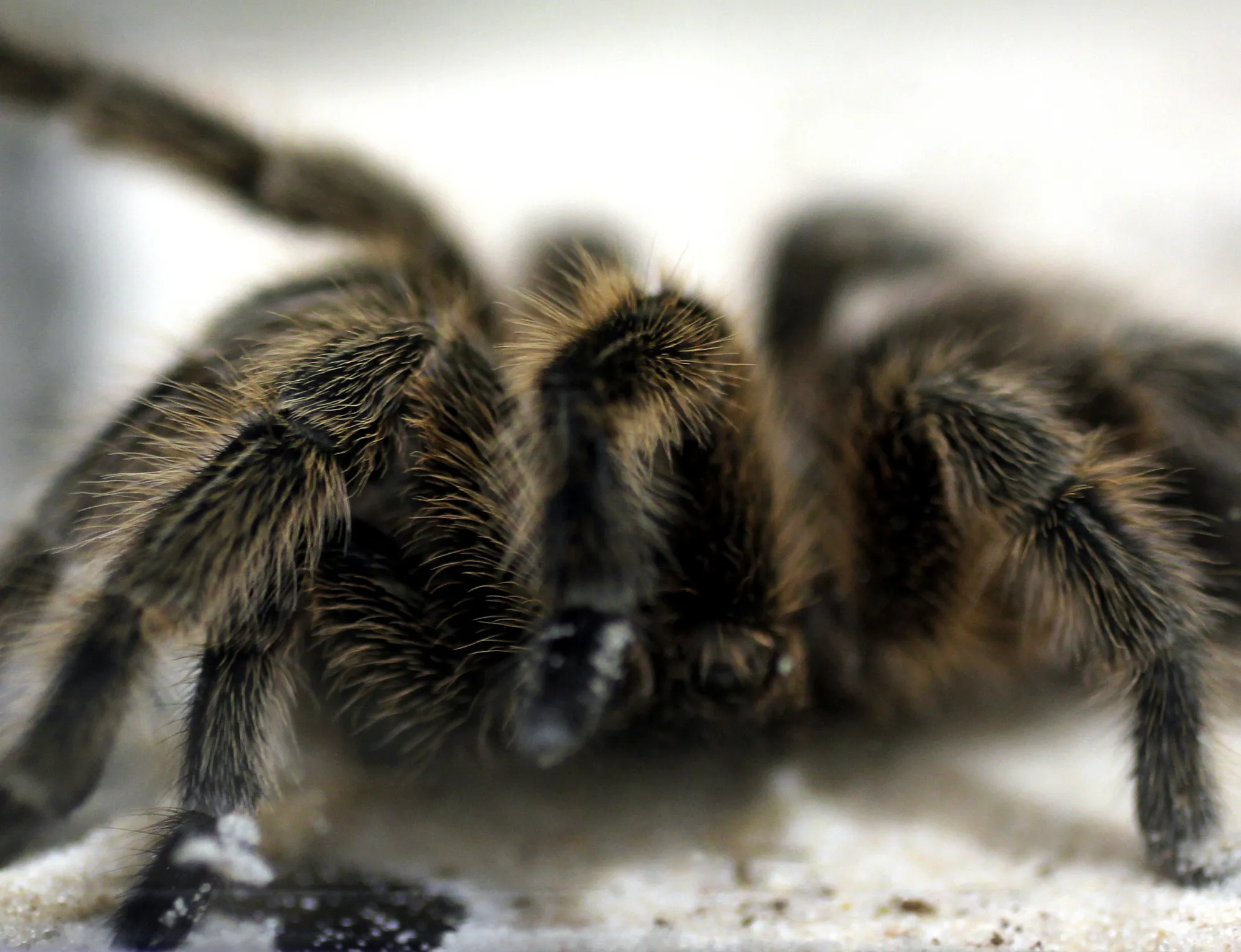
Mating rituals are crucial in the tarantula world. Male tarantulas initiate the mating process through a variety of courtship behaviors. Some species drum on the ground or the female’s burrow, creating vibrations to signal their presence. Others might engage in elaborate displays, such as waving their pedipalps or legs, to attract the female’s attention. The male must approach the female cautiously, as she may perceive him as a threat. Once the male successfully courts the female, he carefully inserts his sperm-filled pedipalps into her epigastric furrow, a structure on her underside. This transfer of sperm is a crucial step in the breeding process, enabling fertilization.
The Egg Sac Formation
After mating, the female tarantula begins to produce eggs. These eggs are carefully deposited within an egg sac, a silken pouch meticulously crafted by the female. The number of eggs can vary significantly depending on the species, ranging from a few dozen to several hundred. The egg sac acts as a protective enclosure, safeguarding the developing eggs from predators, parasites, and harsh environmental conditions. The female tarantula diligently guards the egg sac, turning and aerating it to ensure proper development. This maternal care is essential for the survival of the spiderlings.
How the Egg Sac is Made
The construction of the egg sac is a remarkable feat of engineering. The female tarantula uses silk produced from her spinnerets to create the egg sac. The process starts with the female spinning a silk base, upon which she deposits her eggs. She then carefully covers the eggs with more silk, creating a secure and enclosed structure. The silk of the egg sac has unique properties, including its ability to regulate moisture and temperature, which are critical for the developing embryos. The entire process can take several hours, and the female’s dedication is paramount to the survival of her offspring. The female will then guard the sac diligently, ensuring its safety.
Incubation Period of Tarantula Eggs
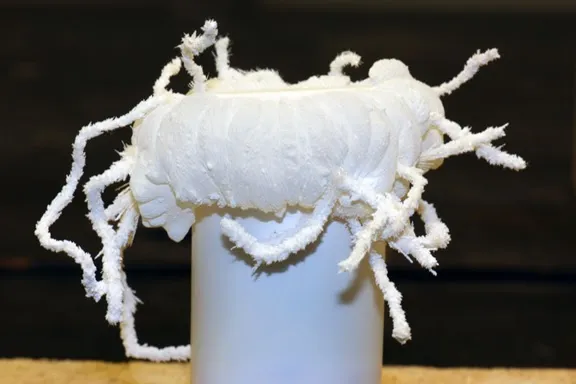
The incubation period, the time it takes for the eggs to develop into spiderlings, varies depending on the species and environmental conditions. Typically, the incubation period ranges from a few weeks to several months. During this time, the female tarantula meticulously cares for the egg sac, ensuring it remains at the optimal temperature and humidity levels. She will turn the egg sac regularly to provide aeration and prevent the eggs from sticking together. The development of the eggs is a fascinating process, with the embryos gradually transforming into tiny, fully formed tarantulas ready to emerge from the egg sac.
Amazing Facts About Tarantula Babies
Once the spiderlings emerge from the egg sac, they are essentially miniature versions of their parents. These baby tarantulas, also known as spiderlings, are small and vulnerable, relying on their mother for protection and care. The spiderlings will often remain with their mother for a short period, benefiting from her guidance and defense. Their initial growth is rapid, and they molt frequently to accommodate their increasing size. Baby tarantulas present a unique stage in the life cycle of these arachnids, and their development is a marvel to observe.
Appearance and Development
Baby tarantulas, or spiderlings, closely resemble adult tarantulas in form, but are much smaller and often paler in color. They possess all the essential features, including eight legs, chelicerae (fangs), and spinnerets. Their development involves several molting stages, where they shed their exoskeletons to allow for growth. The initial molts occur frequently, as the spiderlings rapidly increase in size. During each molt, the spiderlings’ appearance can change, with their colors becoming more vibrant and their body proportions becoming more defined. This growth and molting process is a fundamental aspect of their development into mature adults.
Growth and Molting
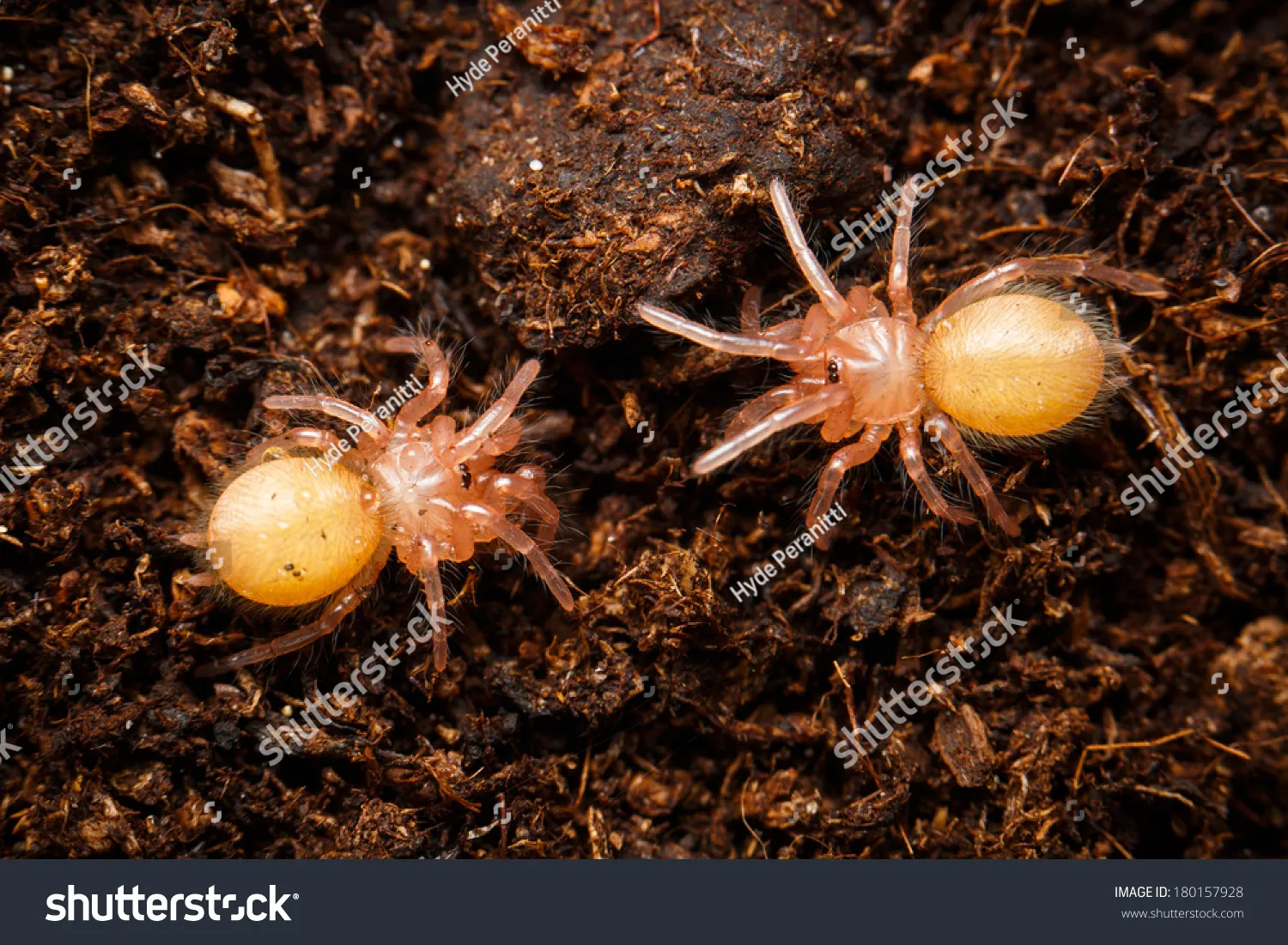
Growth in tarantulas is an episodic process, occurring primarily through molting. As the spiderling grows, it outgrows its exoskeleton, a hard outer shell. To facilitate growth, the tarantula will molt, shedding its old exoskeleton and revealing a new, larger one underneath. The molting process is a delicate and vulnerable time for the tarantula. Before molting, the tarantula may become inactive, losing its appetite and seeking a safe place to molt. During molting, the tarantula lies on its back, and the exoskeleton splits open, allowing the tarantula to emerge. The newly molted tarantula is soft and vulnerable, requiring time for its new exoskeleton to harden. Molting frequency decreases as the tarantula matures, but it remains essential for their continued growth and development.
Caring for Baby Tarantulas
Caring for baby tarantulas requires a dedicated approach, ensuring their survival and healthy development. The key components are proper feeding and housing. Spiderlings are voracious eaters, and their diet should consist of small, live insects, such as fruit flies or pinhead crickets. The enclosure should be appropriately sized, providing ample space for the spiderlings to move and grow. Maintaining correct temperature and humidity levels is crucial, replicating the tarantula’s natural habitat. Frequent monitoring and careful attention to the spiderlings’ needs are essential for their well-being.
Feeding and Housing
Feeding baby tarantulas involves providing them with a diet of appropriately sized live insects. The insects should be small enough for the spiderlings to capture and consume, such as flightless fruit flies or pinhead crickets. It is important to avoid overfeeding, as this can lead to health problems. The enclosure for baby tarantulas should be small and secure, preventing escapes and providing a safe environment. The enclosure should include a shallow water dish and a substrate that retains moisture, such as peat moss or coconut fiber. Maintaining the correct temperature and humidity is crucial for the spiderlings’ health, with regular misting and careful monitoring.
Common Problems and Solutions
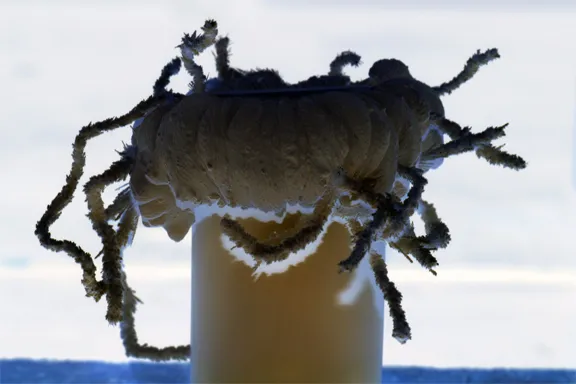
Raising baby tarantulas can come with a few challenges. One common problem is molting difficulties. If the humidity is too low, the tarantula’s exoskeleton may not split properly during molting, leading to injury or death. Another problem is dehydration, which can result from insufficient water or a dry environment. Providing a shallow water dish and regularly misting the enclosure can help prevent dehydration. Finally, infestations of mites or other parasites can be problematic. Regular cleaning of the enclosure and quarantining new tarantulas can help prevent and treat these issues. Prompt action is critical to ensure the spiderlings thrive.
Predators and Threats to Baby Tarantulas
Baby tarantulas face numerous threats in their natural habitat. Predators, such as birds, lizards, and other arachnids, pose a significant danger. Even in captivity, spiderlings can be vulnerable to predation by larger tarantulas, particularly if they are housed together. Environmental factors, such as extreme temperatures and lack of moisture, also represent risks. Understanding these threats is vital for responsible care. Providing a safe and secure enclosure, maintaining the correct environmental conditions, and protecting them from potential predators are important steps in ensuring their survival.
Conservation and Tarantulas
Tarantulas, like many other species, face conservation challenges. Habitat loss, caused by deforestation and urbanization, is a major threat. The pet trade, while providing opportunities for appreciation of these creatures, can also contribute to conservation concerns if not managed sustainably. Promoting responsible pet ownership, supporting habitat preservation efforts, and advocating for sustainable practices are essential for the long-term survival of tarantulas. By understanding their life cycle and the threats they face, we can contribute to their conservation and ensure that future generations can appreciate these fascinating arachnids.
In conclusion, the journey of a tarantula, from birth to maturity, is a remarkable testament to nature’s ingenuity. From the intricate mating rituals to the careful construction of the egg sac and the development of the spiderlings, every stage is fascinating. By learning about these amazing arachnids and supporting conservation efforts, we can ensure their survival and continue to be captivated by their secret lives.
